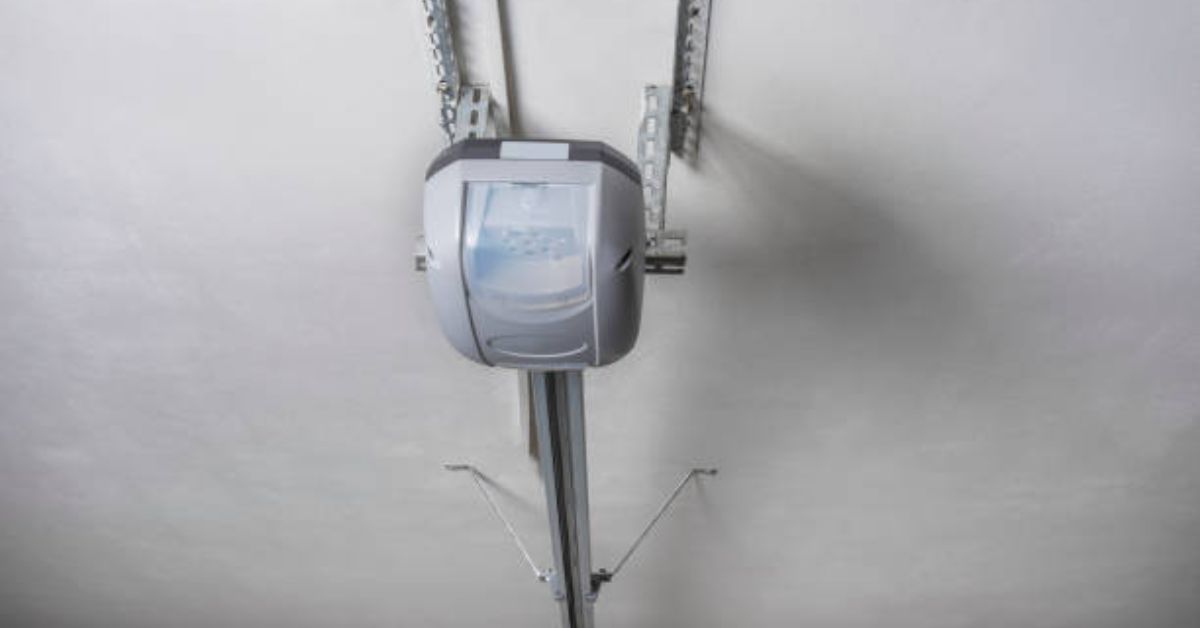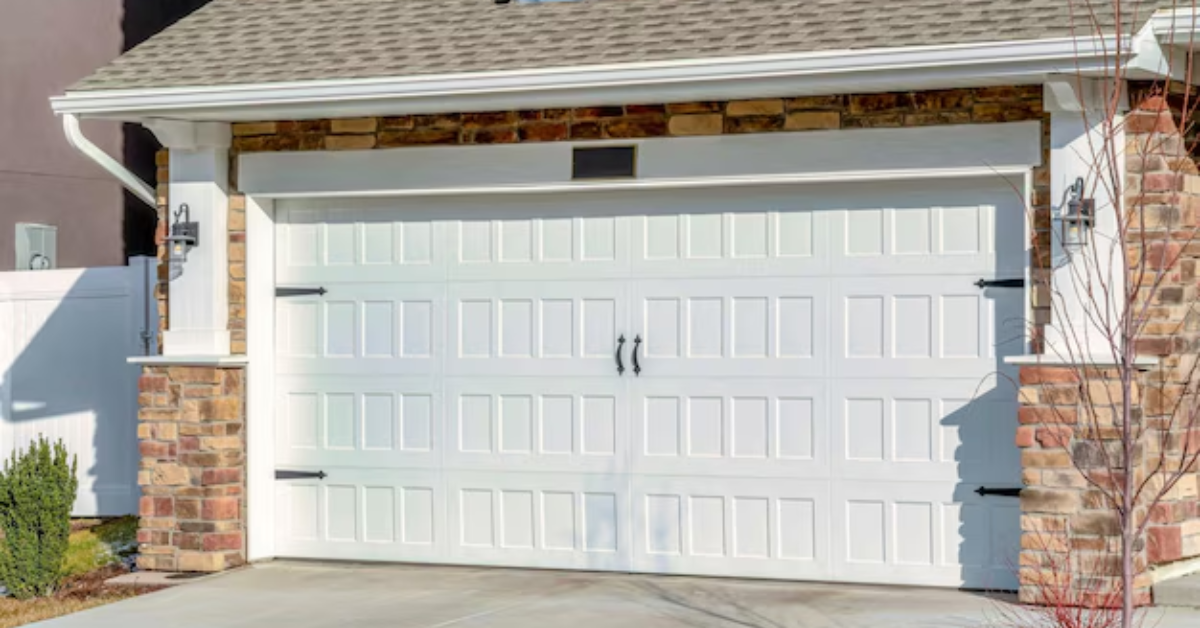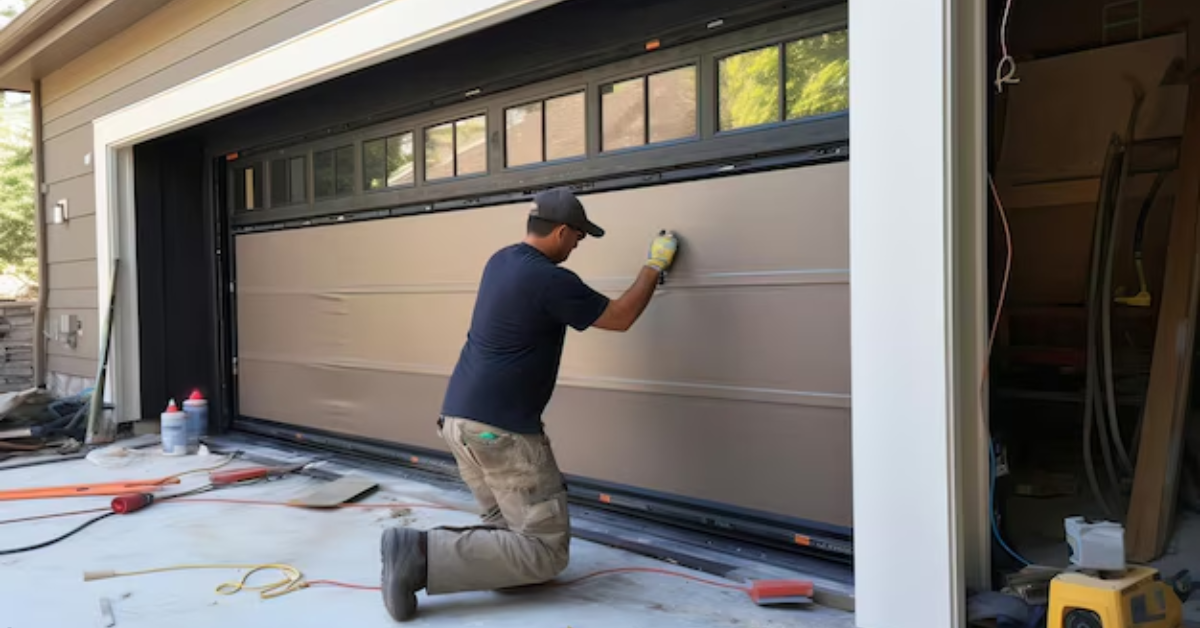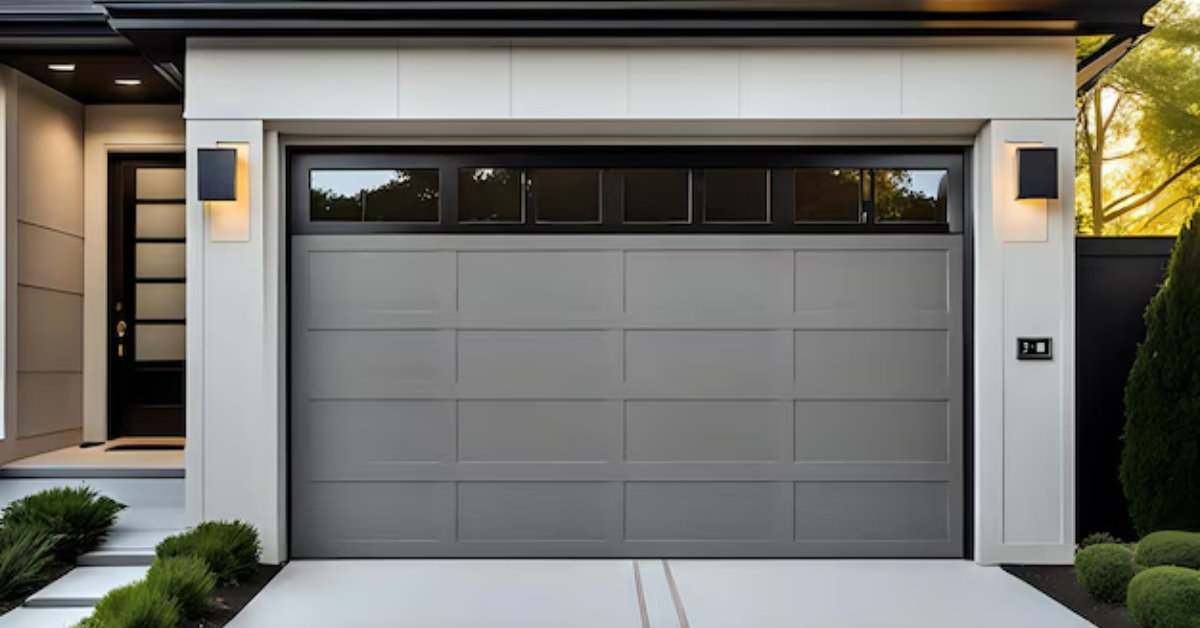How Long Do Garage Door Motors Last?
Garage door motors are one of the most important components of an automatic garage door system. They are responsible for lifting and lowering the door efficiently, making daily access to your garage smooth and convenient. However, like any mechanical device, garage door motors don't last forever. If you're wondering, "How long do garage door motors last?", this guide will provide clear answers, expert tips, and maintenance advice to help extend their lifespan.
Average Lifespan of a Garage Door Motor
On average, garage door motors last between 10 to 15 years. However, their actual lifespan depends on several factors including the quality of the motor, how often it's used, how well it's maintained, and environmental conditions like humidity or dust.
Some high-end models, especially those from trusted brands like LiftMaster, Genie, or Chamberlain, can last up to 20 years when properly cared for. On the other hand, motors that are frequently used and poorly maintained may wear out in less than a decade.
Factors That Affect Garage Door Motor Lifespan
Understanding what influences the durability of a garage door motor can help you take the right steps to preserve it.
1. Frequency of Use
The more often your garage door opens and closes, the harder your motor works. If you use your garage as the main entrance to your home and open it multiple times a day, it will naturally wear out faster than a door that's used once or twice daily.
2. Type of Drive Mechanism
Different drive mechanisms have varying durability. Chain drive openers are known for their strength and can handle heavy doors, but they tend to be noisier and may require more maintenance. Belt drives are quieter and smoother but may wear out faster under heavy use. Screw drives are durable and require less upkeep, while direct drive systems have fewer moving parts and typically last longer.
3. Motor Horsepower
Garage door motors usually come in 1/3 HP, 1/2 HP, 3/4 HP, or 1 HP variants. Choosing the right horsepower based on your garage door’s weight is crucial. A motor that’s too weak will overexert itself, shortening its lifespan.
4. Maintenance and Servicing
Regular lubrication, cleaning of sensors, and inspection of the opener system can extend the motor’s life. Lack of maintenance can lead to early failure of components such as gears and circuits.
5. Climate and Installation Quality
Garage doors in areas with high humidity or salty air, like coastal regions, may experience more corrosion. Similarly, improper installation can lead to alignment issues, which put stress on the motor.
Signs Your Garage Door Motor is Failing
Recognizing early warning signs can prevent a sudden breakdown or expensive emergency repair. Here are common indicators your garage door motor may be wearing out:
- Slower operation: If the door is taking longer than usual to open or close, the motor might be struggling.
- Strange noises: Grinding, humming, or squeaking sounds can signal worn-out gears or loose components.
- Door reverses or stops randomly: This could point to sensor problems, but often it's due to an overworked or malfunctioning motor.
- Inconsistent remote or keypad response: If your door doesn’t respond to controls, it might be a wiring issue or failing motor circuit board.
- Vibrations during operation: Excessive shaking or vibrations indicate internal motor wear or mounting issues.
How to Extend the Life of a Garage Door Motor
While no motor lasts forever, taking proactive steps can help you get the most out of your investment.
- Schedule annual inspections by a garage door professional. They’ll check for wear and tear, adjust tension, and ensure everything runs smoothly.
- Lubricate moving parts like chains, rails, rollers, and hinges every six months using a garage door-specific lubricant.
- Keep the tracks clean and free of debris. Dirt buildup increases friction and stress on the opener.
- Balance the garage door springs. If the springs are worn or misaligned, the motor will carry the full weight of the door, which reduces its lifespan.
- Use a surge protector to protect the motor’s electronics from power spikes or lightning.
When Should You Replace Your Garage Door Motor?
Even if your motor hasn't completely failed, there are times when replacing it is the better option. If your unit is over 15 years old, lacks safety features like auto-reverse sensors, or doesn’t support modern conveniences like smartphone connectivity, it's time for an upgrade.
Upgrading your garage door opener offers multiple benefits:
- Quieter operation
- Improved security
- Remote access via apps
- Battery backup in case of power outages
Newer models also use rolling-code technology, making it harder for intruders to hack your remote signal.
Cost of Replacing a Garage Door Motor
The price to replace a garage door motor depends on the type and brand of the opener. On average, the motor itself costs between $150 to $500, and professional installation can add another $100 to $300. While this may seem like a big upfront cost, it can actually save money in the long run by avoiding constant repairs.
Conclusion
So, how long do garage door motors last? Typically between 10 to 15 years, but with proper care and smart usage, some can last even longer. By understanding what impacts their lifespan and staying ahead of maintenance, you can avoid untimely breakdowns and costly emergency repairs.
If your garage door motor is old, noisy, or unreliable, it might be the perfect time to consider a replacement. Modern garage door openers offer advanced features, smoother operation, and better energy efficiency, making your daily routine easier and safer.
Taking care of your garage door motor not only preserves one of your home's most used systems—it protects your convenience and security, too.




